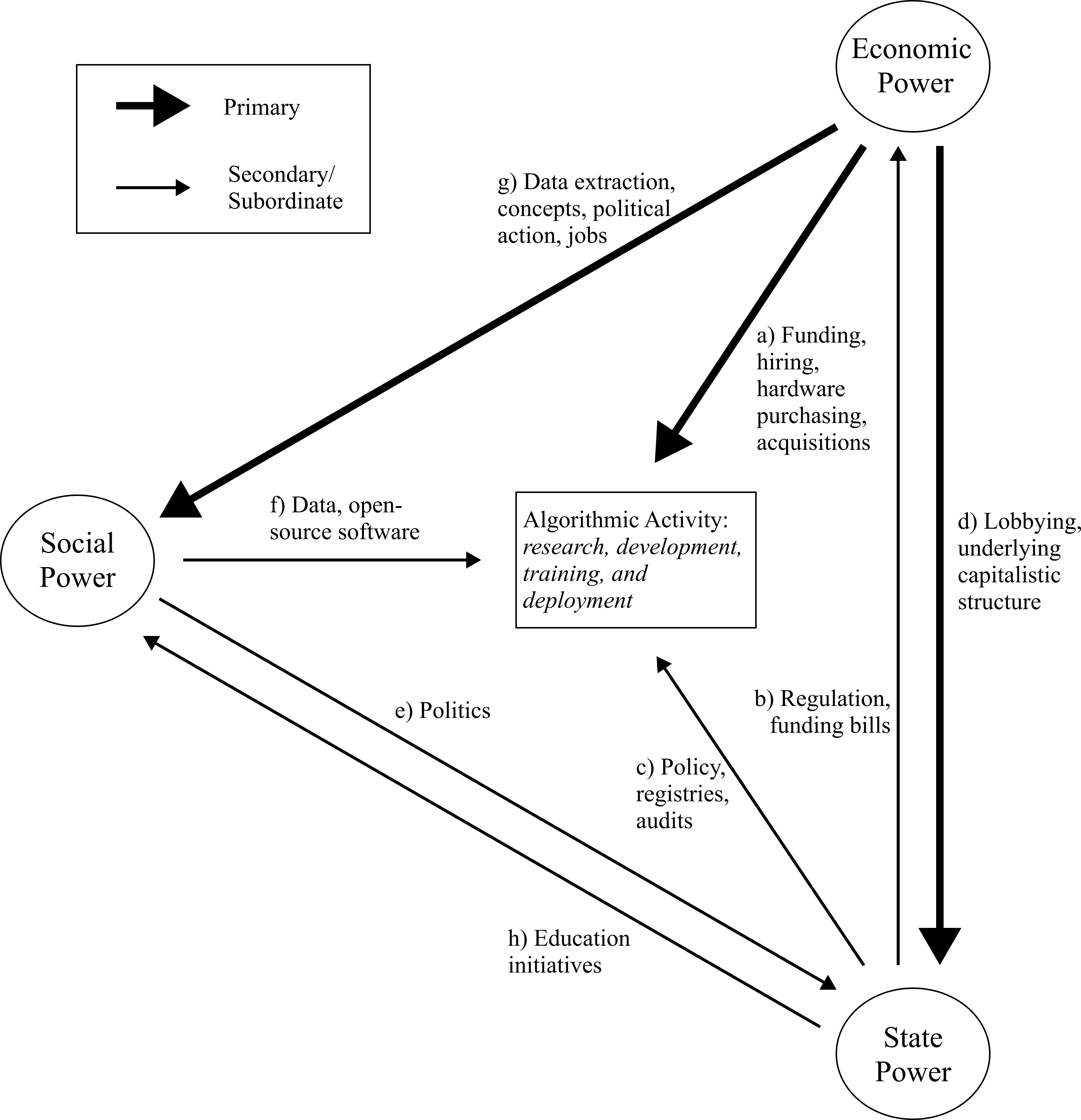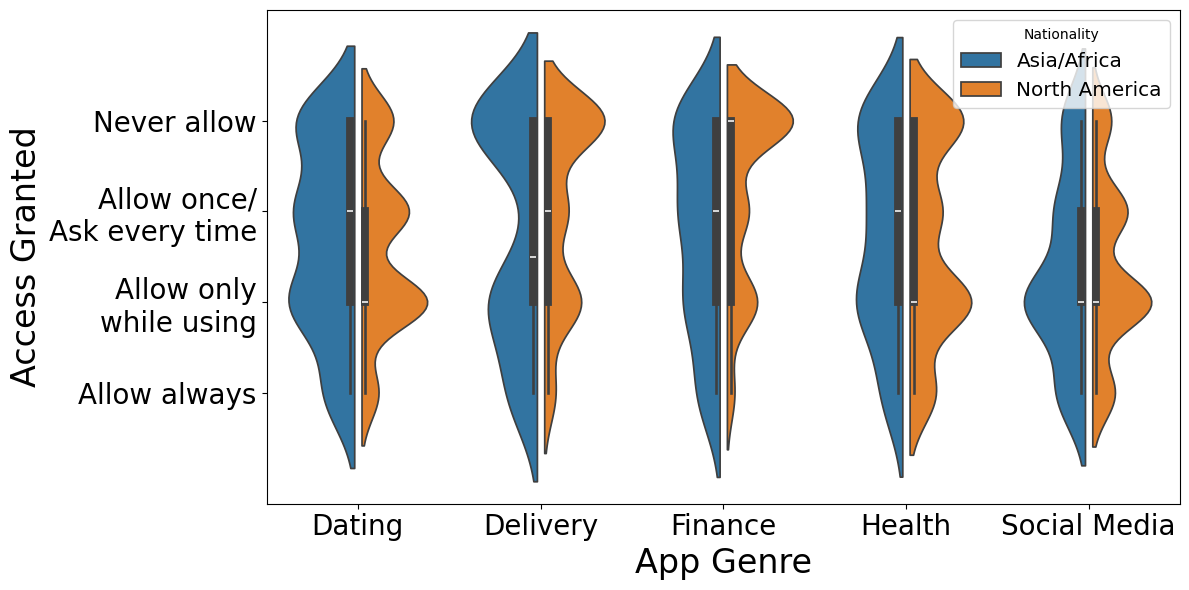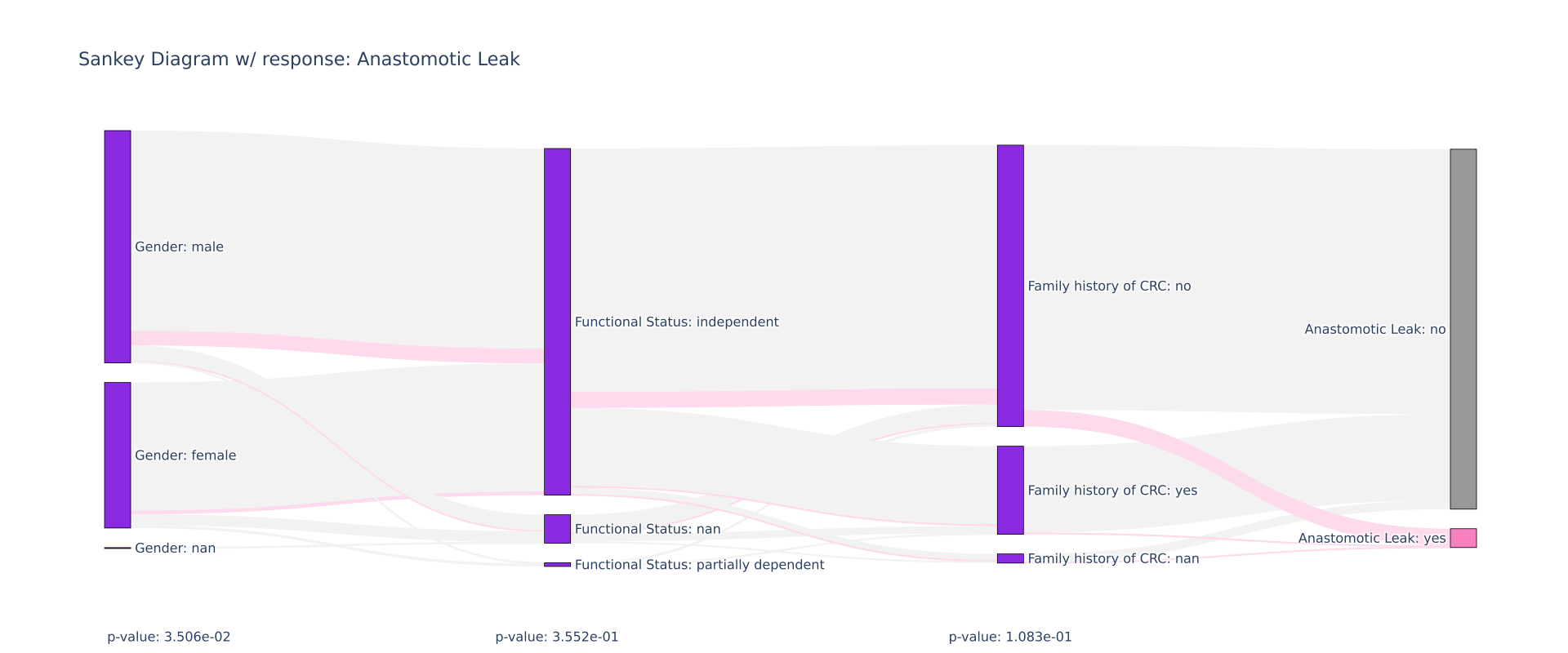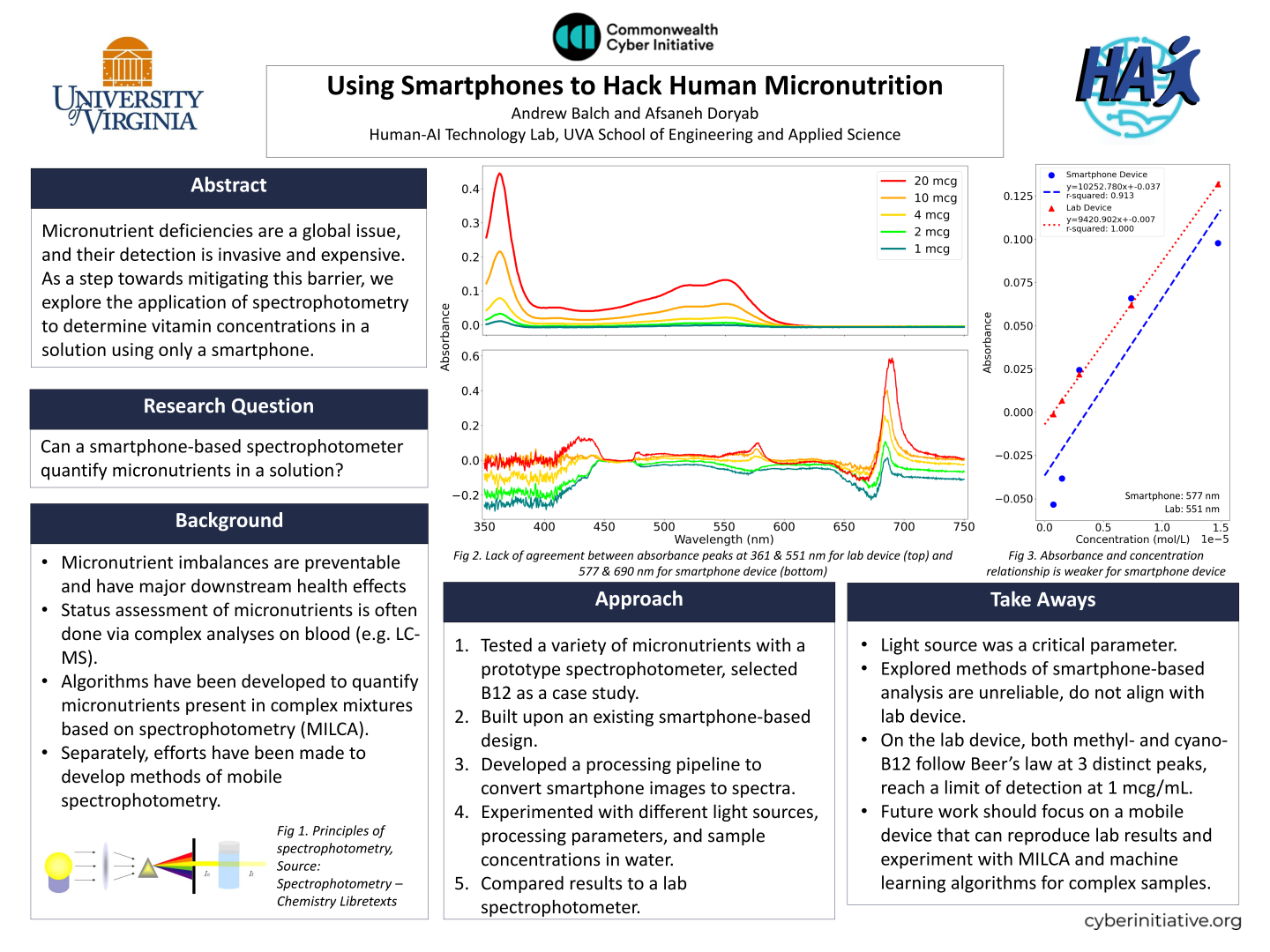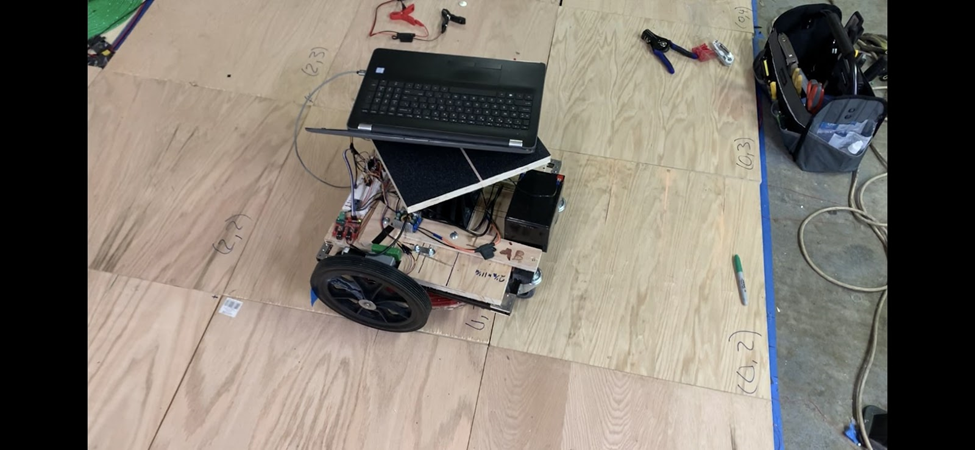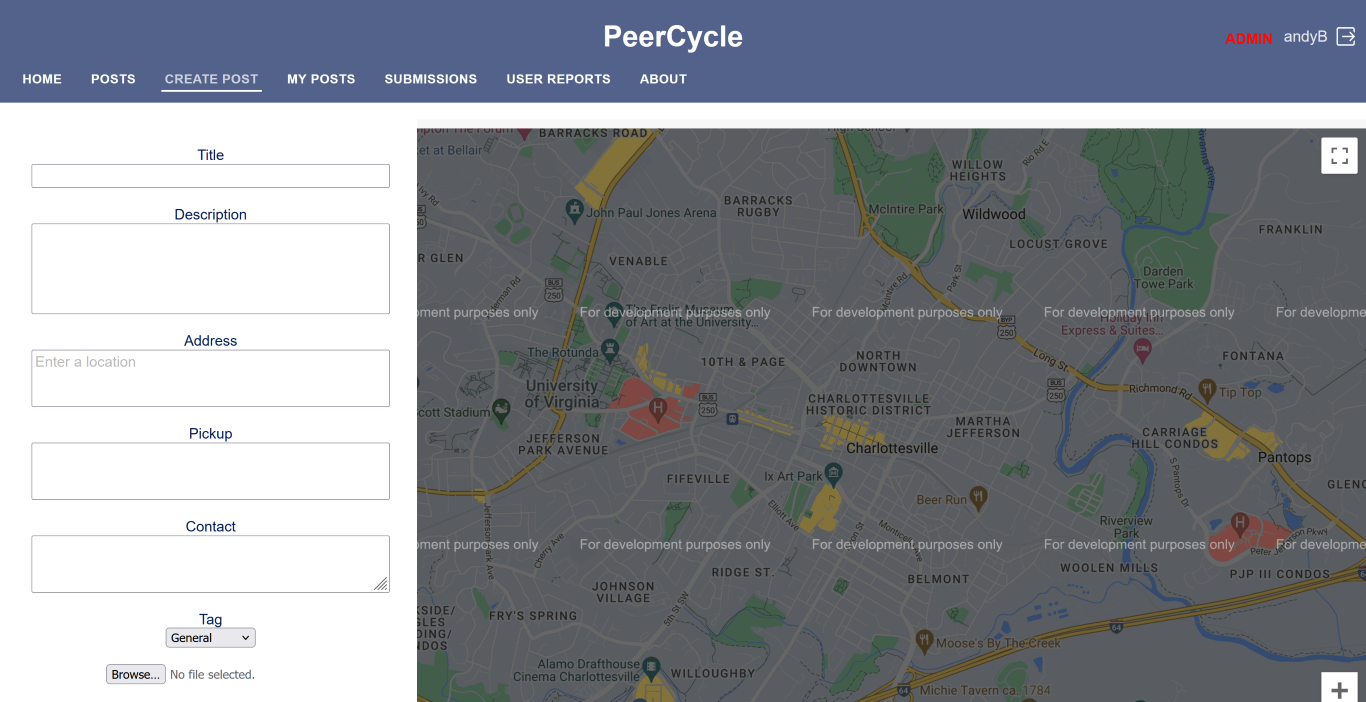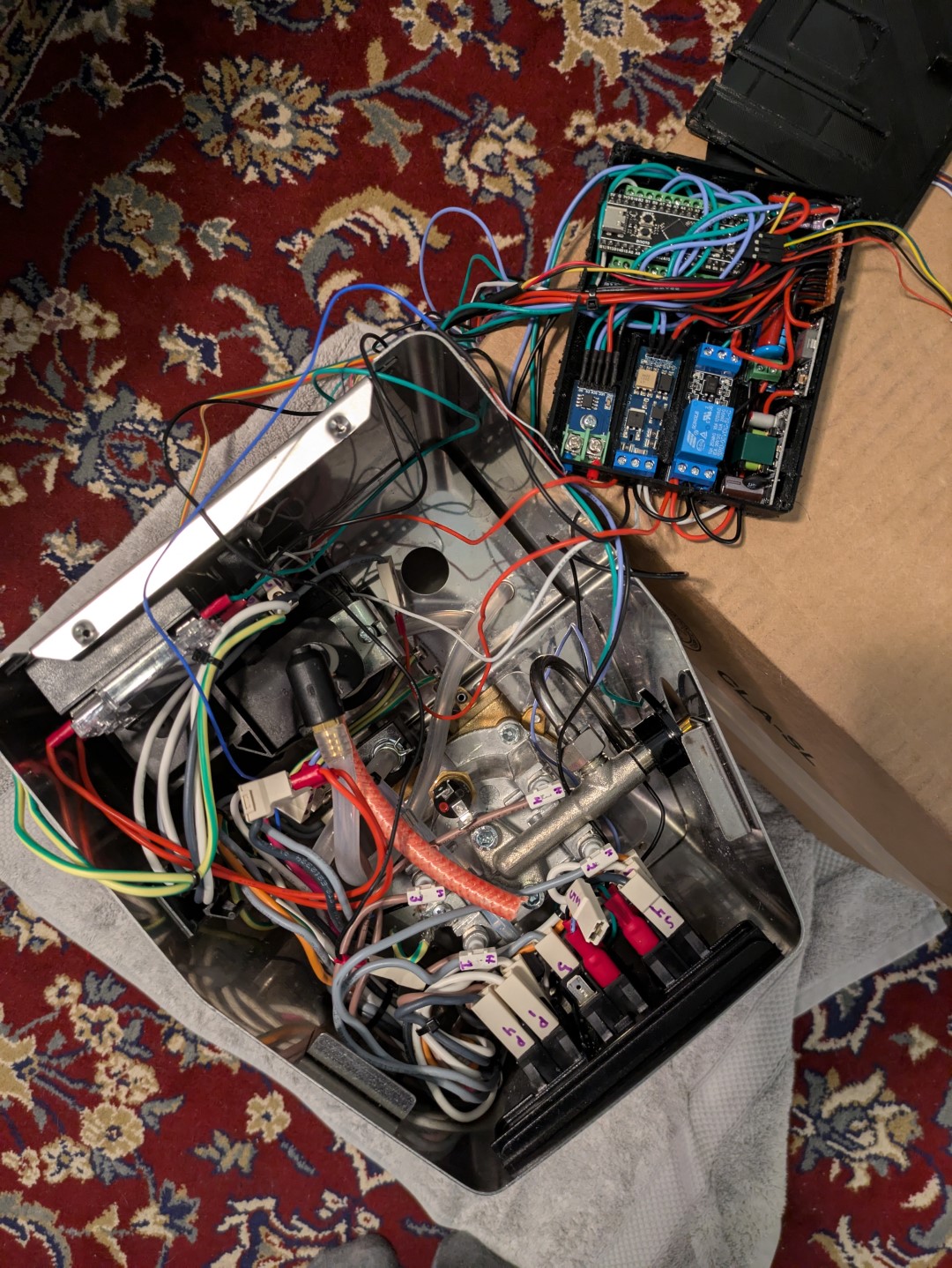Junior Research Project: Automated Induction Robotics
Published:
For my junior research project at the Governor’s School, I designed and built a platform for warehouse robotics (like those used by Amazon) that were powered through wireless induction. Everything I did in this project, from programming and cloud infrastructure to computer-aided design and manufacture, was entirely self-taught. It placed first at the Tidewater Science and Engineering Fair and was accepted to the International Science Fair, but this was canceled due to COVID. For more details, check out my post here!

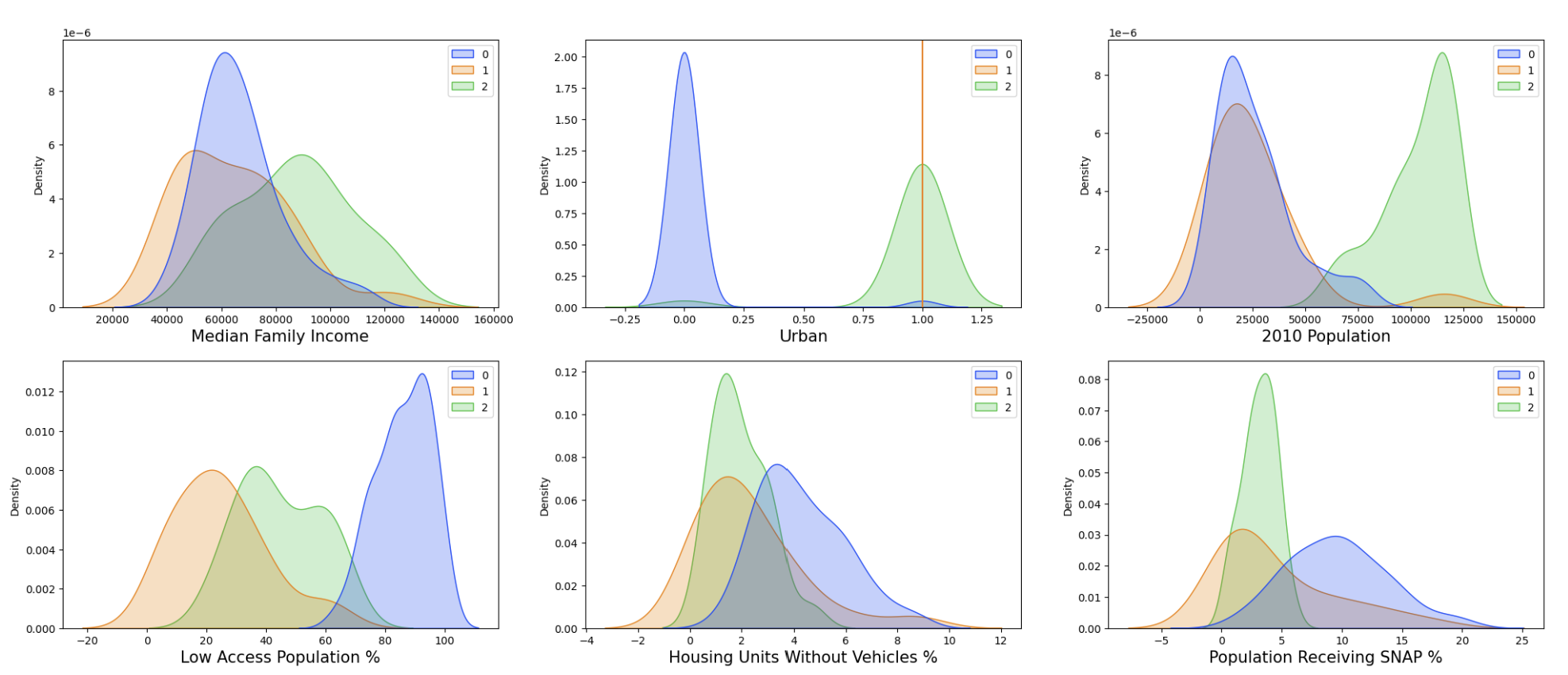

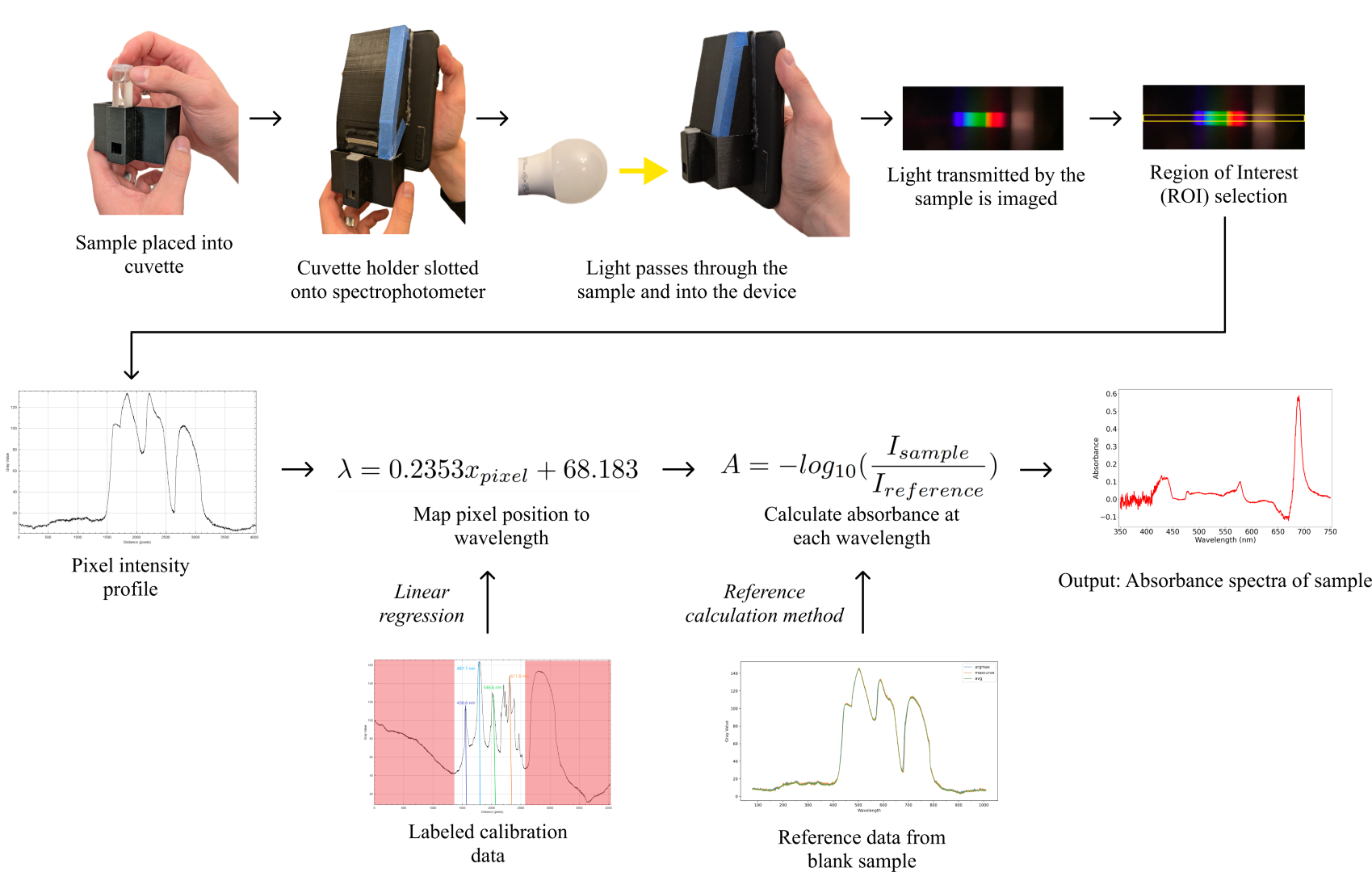
 .
.